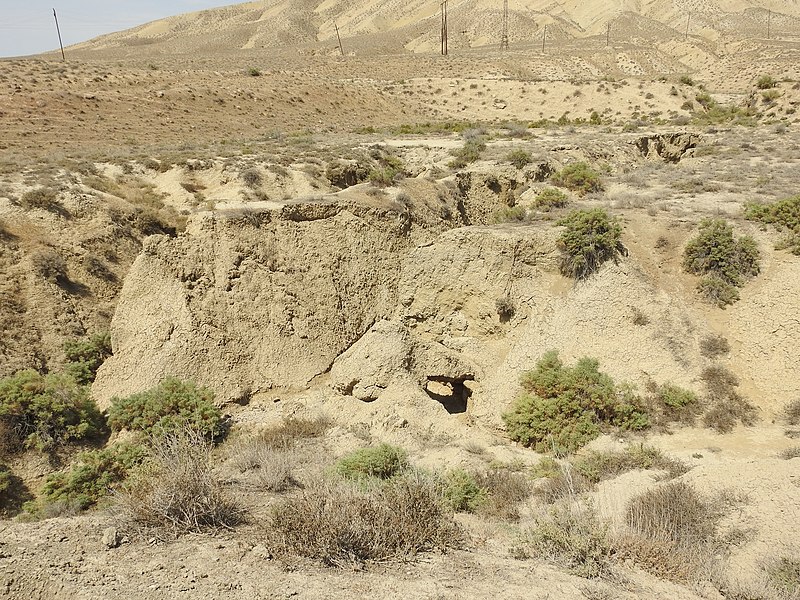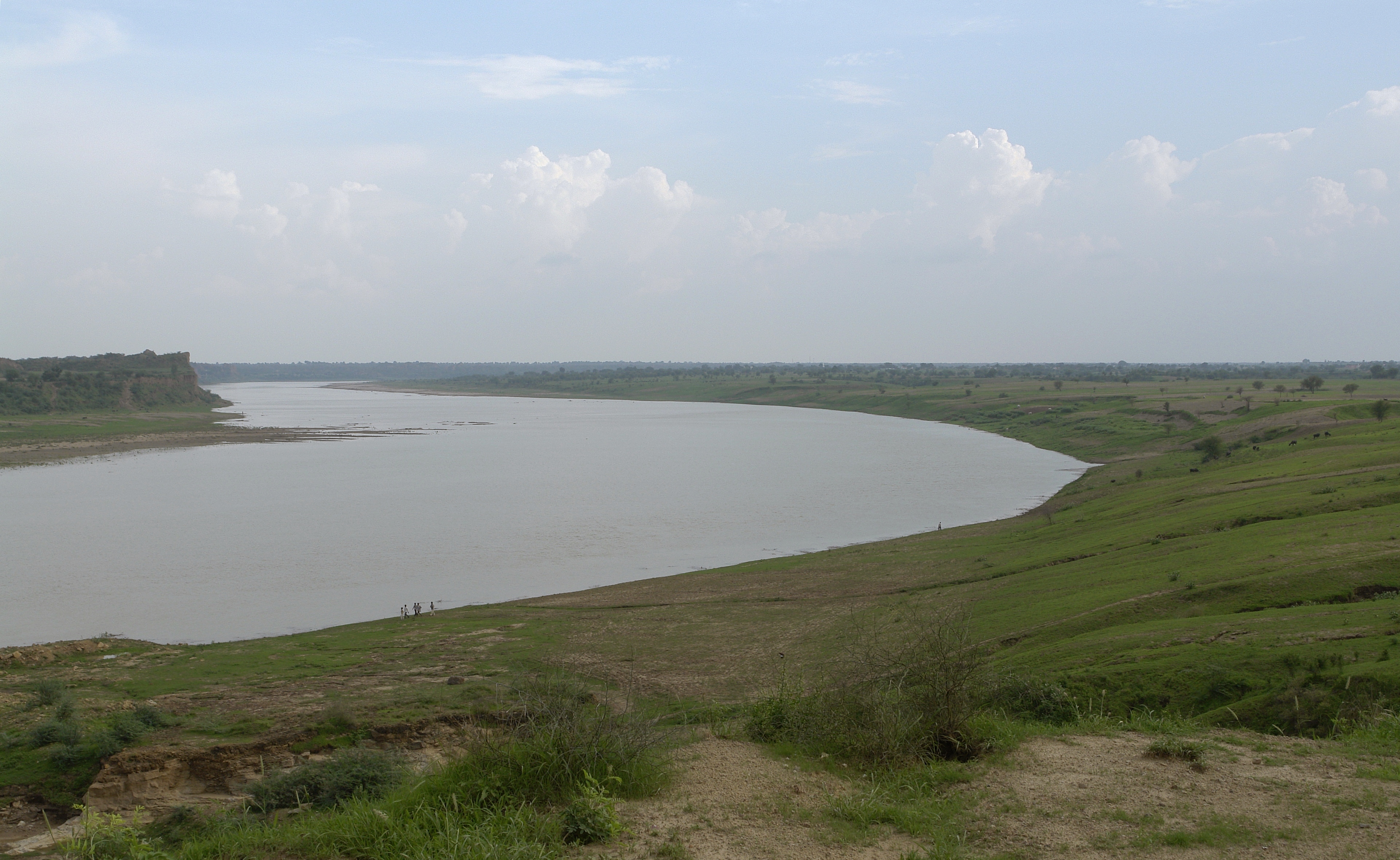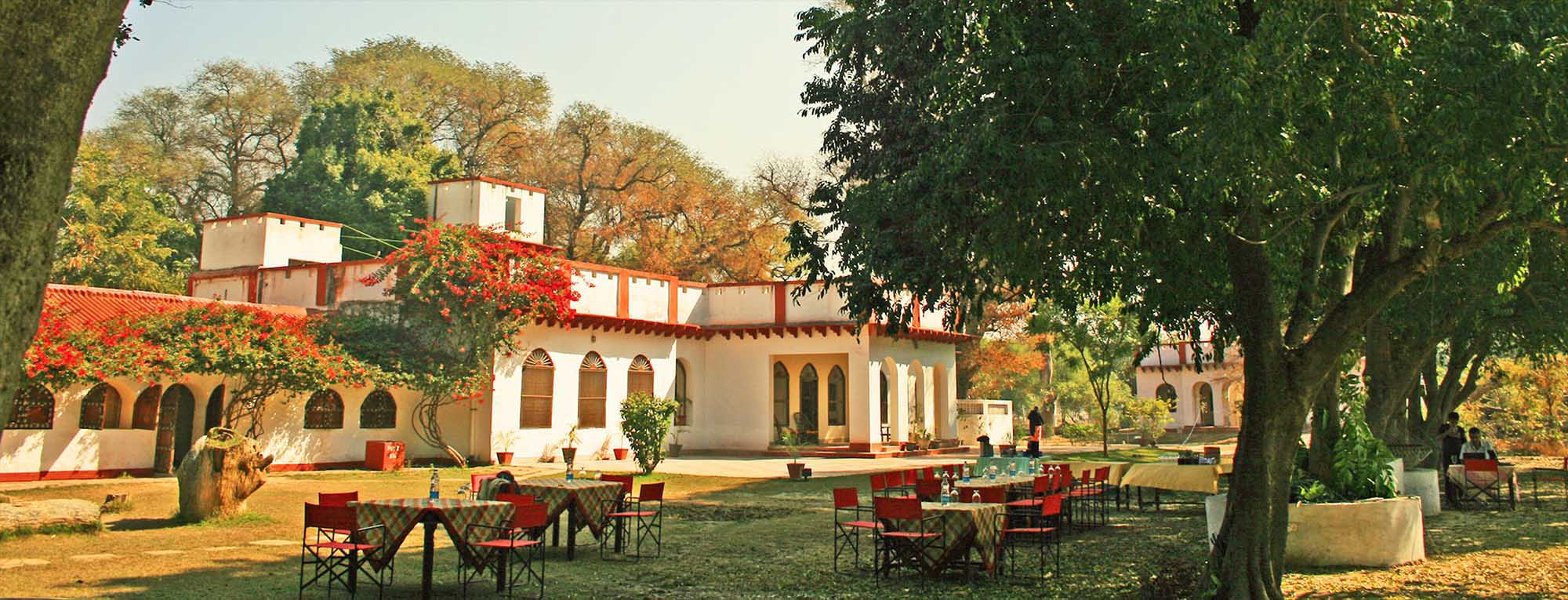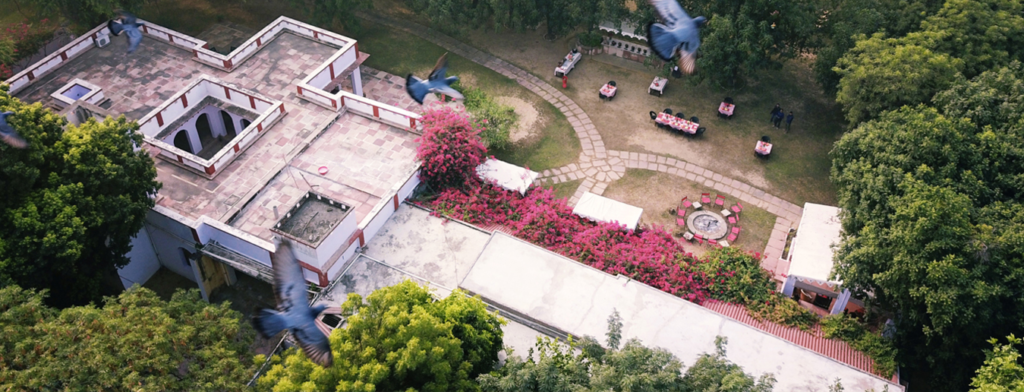By Partha Sarthi Sen Sharma
“In the distant years of my childhood, when I was growing up in Delhi, the river Chambal and its banks and the surrounding hinterland had a decidedly unsavoury reputation as badlands, where notorious dacoits roamed.

Much before Shekhar Kapoor made his internationally acclaimed ‘Bandit Queen’, our mental associations with these riverine badlands were forged by the characters of Indrajal comics, Bahadur and Bela and popular Hindi movies like ‘Kacche Dhaage’ and ‘Mera Gaon Mera Desh.’ Of course, long ago, Raj Kapoor had already made the legendary ‘Jis Desh Mai Ganga Behti Hai’.
But those days of Man Singh, Malkhan Singh and Phoolan Devi are long gone and slowly but surely the police, administration, technology, development, roads, communications and probably the collective desires and aspirations of people have made peace reign on the banks of Chambal for many years now. Places like Bah, Gwalior, Etawah, Bhind and Morena today are as peaceful as any other and much less explored too.

If one is travelling from Delhi, as I did, a wonderfully smooth ride over first the Yamuna Expressway and then the Lucknow-Agra Expressway, followed by a short stretch of road, brings one in little over four hours, into the heart of Chambal hinterland where in an ancestral village called Jarar, the scion of the erstwhile landlord family, along with his wife runs the very successful Chambal Safari Lodge for the past almost two decades.

Many wildlife enthusiasts and keen bird watchers from India and abroad are their loyal clients and ensure that almost throughout the winter season, all of their beautifully curated cottages are occupied.

I myself am not a great enthusiast for the so-called ‘sightings’ of turtles, crocodiles and gharials or of the numerous exotic birds – Brahmini ducks (our own Surkhab, whose English name has recently changed to something else), pelicans, bar-headed geese and others – but a glide on their motorboat down the Chambal river that flows nearby, under the vast open skies, with the silent, high, deserted banks sliding away in the opposite direction, is an experience not to be missed. And if I’m not a great enthusiast for wildlife, I have a keen ear for stories, heard and unheard.

The property on which the lodge stands used to be a ‘Mela Kothi’ where the grandfather and great-grandfather of the present owner – the family has lived in the nearby village from pre-Mughal times – used to organise an annual animal fair and the building was a sort of administrative office cum residence. But even before that, the building hosted the British and Indian officers who would come on inspection tours for survey and collection of land revenues. This was because of religious and social taboos, for which the collectors and tehsildars were not exactly welcome in the nearby home proper of the landlord where the family, along with the ladies of the house lived
The family mansion still stands almost totally abandoned now, with its cavernous, high-ceiling rooms and its smell of medieval history. Only very few venture into its inside today but if one does, one can find an old, pre-war Italian generator that used to work up to only a few years ago.
Having lived and travelled over this vast and remarkable country of ours, I can confidently say that there lie numerous remarkable heard and unheard stories all around if only we have a patient ear to listen to. At a short distance from Jarar, for example, lies a village called ‘Holipura’. It is one of the ancient villages which is the original settlement of all Chaturvedi Brahmins.

Today, if you walk through the lanes and by lanes of the village, you can almost hear the stories echoing off the walls of the well-preserved brick mansions and havelis. Many of them are largely unoccupied for much of the year but not totally abandoned.

Each of these Havelis is the ancestral home of the family whose scions and descendants occupy ‘important’ positions in politics, administration, business, law, academics and various other fields all over the world.
One would be lucky, as I was, to find a friendly local narrator who can recount the stories of the remarkable village, of the legend surrounding its origin, the numerous tumultuous events in its history, the stories of the ancient mansions and their families.
And then there is the remarkable fort of ‘Bhare’, some seven hundred years old. The fort still stands proudly at the confluence of the river, Chambal and Yamuna some two hours away from Jaraar, by road. It would take longer but it is infinitely more enjoyable to travel by boat on the Chambal to Bhare. It is at this fort that the last pitched battle of 1857-58 was fought when the British collector, Mr. A O Hume led a group of soldiers to recapture the fort.
The Raja of Bhare was supposed to be sentenced to death because of his role in the tumultuous events of 1857 but was eventually pardoned. Only few months previously, Mr Hume, the then collector of Etawah, had to flee his district headquarters when the mutineers or freedom fighters had captured it. He had to take shelter under the cover of darkness and anonymity in the building of Kotwali Bah nearby, which still stands today on the Agra-Bah highway, a silent, mute sentinel of history. If only those bricks and walls could speak!

A O Hume, a gentleman from distant England, lived on for years as a civil servant in India, in these parts of Central UP and later in Shimla.

Probably these were the lands which inspired him and cultivated in him the remarkable curiosity for and knowledge of Indian birds. Much before Salim Ali, it was he who painstakingly listed and collected hundreds of birds of the Indian subcontinent. On his retirement he took back his great collection to England to donate it to science. He went on to record his work of over thirty years in a multiple volume book ‘Stray Feathers’. The book remains a pioneering attempt at scientific ornithology of the Indian subcontinent.

It is interesting to travel, explore, listen and absorb such stories. It makes one realise that just like our present, our pasts were also much variegated, nuanced, diverse and multilayered. If we had a ‘butcher of Amritsar’ Brigadier Dyer, we also had an A O Hume, among the British colonial administrators. And, if we had rapacious indigo planters and free booting ‘nabobs’, we also had a William Jones who translated the works of Kalidasa to make the great Sanskrit genius known and accessible to the world.
If for nothing else, I think, each one of us should try to, once in a while, take time out and ‘hit the road’. It is not simply a matter to get pleasure out of travel, although pleasurable no doubt it is, but also for something else. ‘Perspective’, which is so necessary a quality for all human beings but more so among us administrators and civil servants.”
Photo credits: Ram Pratap Singh
A graduate from Delhi University, Partha Sarthi Sen Sharma is an Indian Administrative Service Officer. His published works include a travelogue titled A Passage Across Europe and a novel, Love Side by Side.
Partha’s travels have taken him to more than 20 countries so far. His articles have appeared in several leading publications.
India is replete with places and towns standing tall, with their old glory lost and yet found. One such place is Mehrauli, where old stories lie sprinkled. Read more about it here.










